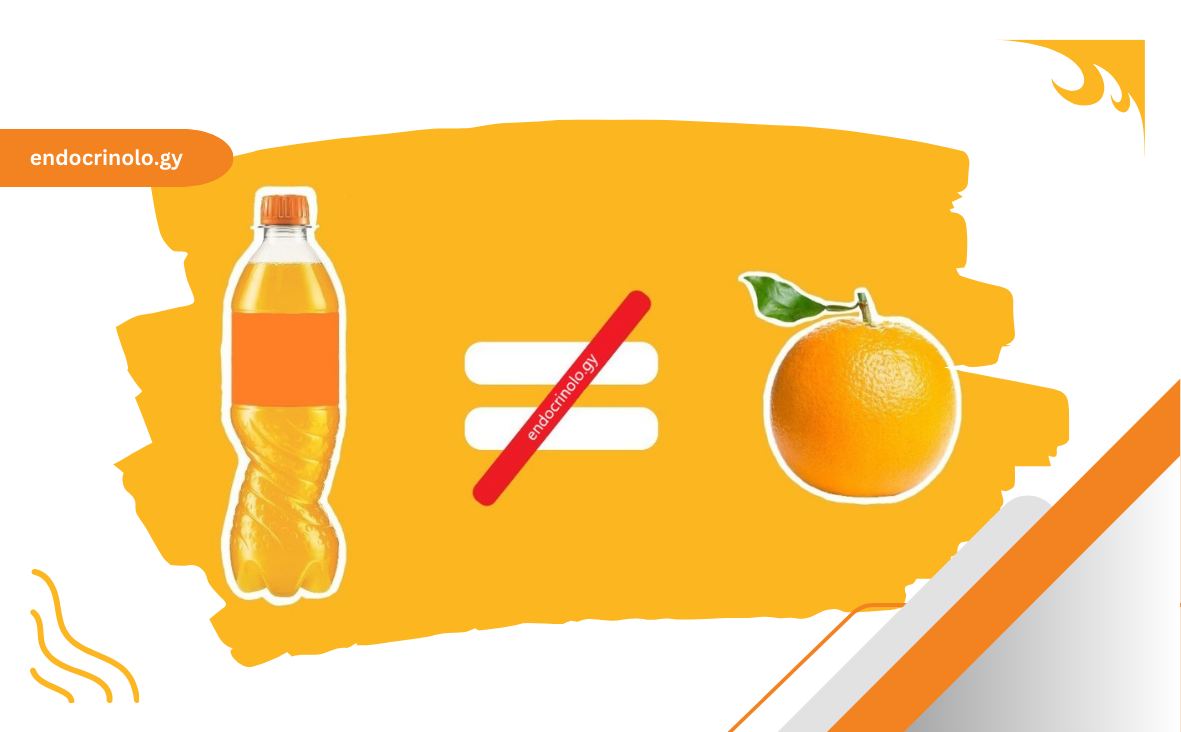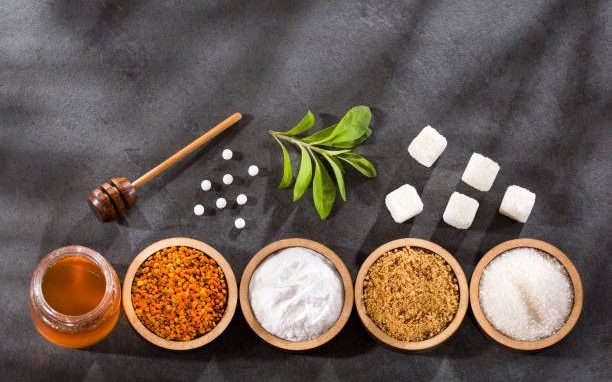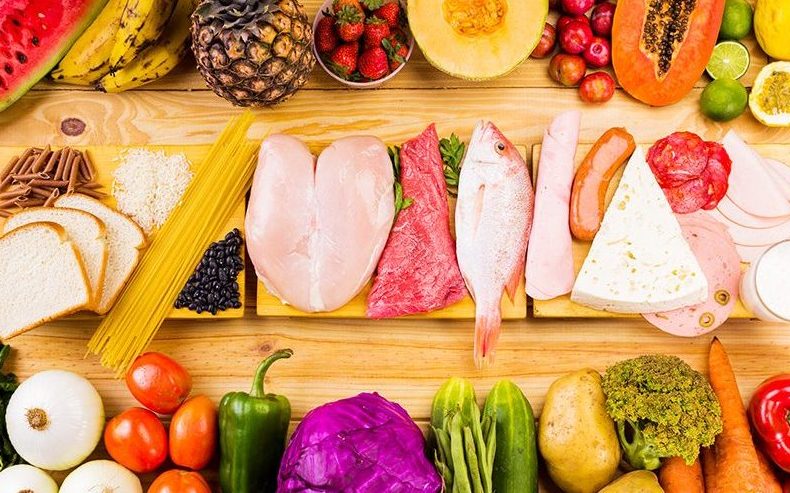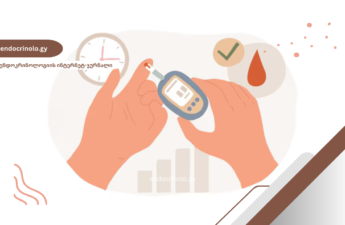Due to the increasing incidence of health problems in recent years, more and more people are becoming interested in living a healthy life.
They are trying to give preference to healthy products when choosing food, and this trend in itself is a very positive phenomenon.
However, this fact is not so pleasant for companies that produce, for example, sweet drinks, snacks, chips, and various sweets.
They know full well that their products are not healthy, but their main goal is to maintain sales and maintain a healthy profit despite consumer interest in a healthy lifestyle.
To do this, manufacturers have to resort to various tricks to make product packaging and advertising look as healthy as possible.
For what purpose are such designations often used as: natural, organic, sugar-free, dietary, containing a daily dose of vitamins, and many others?
This doesn't mean that companies care about making their products healthier.
They don't care about our health at all. They only work to create a false sense of health.
Product with fruit flavor
It is firmly embedded in our consciousness that fruit juice is necessarily a healthy product because it is associated with fruit and a source of vitamins.
Fruit is definitely a healthy food, but so-called natural fruit juices are not.
Advertisements often claim that one glass of natural juice is equivalent to eating one piece of fruit, or that one bottle of the drink contains a significant portion of the daily dose of vitamins.
The truth is that in most cases, the fruit flavor in such drinks is obtained not from real fruit, but from artificial flavorings.
In addition, they are saturated with large amounts of sugar and also various chemical additives.
Even if real fruit is used to make juice, during the processing and pasteurization process, it loses a significant portion of its fiber, vitamins, and minerals, i.e., its beneficial properties.
Therefore, it is not worth deceiving ourselves as if we are providing any benefit to the body by consuming these products.
The same is true for other types of products. When candies, chewing gums, yogurts, etc. taste like a certain fruit and a large part of the packaging is occupied by its image, this does not necessarily mean that it is truly a fruit.
Here, too, the taste is usually achieved with the help of artificial flavorings, which have nothing to do with the beneficial nutrients contained in the fruit.
Even if real fruit is added to such products, a significant portion of its beneficial components are lost as a result of processing and at the same time, the amount is so small that its benefits in no way outweigh the negative effects that foods saturated with sugar and various chemical compounds have on the body.
Read more about sugar: SUGAR, HONEY AND SUGAR SUBSTITUTES
Sugar-free and diet drinks
Most well-known brands of carbonated drinks have created sugar-free analogues of their products, which are considered by many to be healthy and safe products.
Although it has less sugar and calories than the regular version, it is much more saturated with chemical additives, artificial sweeteners, dyes, and flavorings to maintain the taste.
Despite the low calorie content, it was found that their regular use over a long period of time ultimately resulted in weight loss, rather than weight gain increases the risk of obesity, metabolic disorders, type 2 diabetes, and kidney damage.
Therefore, these drinks are not really part of a healthy diet. It is even better to choose the sugary option.
An example of a typical marketing ploy is the appearance of so-called iced tea drinks on the market.
Because the word "tea" appears in the name, many people consider this product to be a healthy and safe drink.
In fact, its composition is no different from the ingredients of other sweet drinks and has nothing to do with real tea.
Product containing vitamins and other beneficial compounds
Often, manufacturers add small amounts of various vitamins, antioxidants, and omega-3 to their unhealthy products to attract consumers, and these names, as a rule, take up pride of place on the packaging.
This trick is also often used in baby food products.
In reality, this small amount of beneficial components does not provide enough benefit to neutralize the harmful effects of the ingredients contained in these products.
Products from which this or that harmful compound has been removed
The removal of components such as fat, gluten, and sugar leads to the loss of the product's taste and makes it undesirable for the consumer.
Therefore, in exchange for these removed ingredients, larger amounts of chemical compounds are added to the product than usual to improve its taste, which ultimately makes this fat-free, sugar-free, or gluten-free product more harmful than its full-composition counterpart.
How to detect a lie
It's not difficult to recognize an unhealthy product disguised as a marketing ploy.
To do this, we just need to pay less attention to the ingredients listed in large letters on the packaging and look at the other ingredients listed in relatively small print.
The more unfamiliar and incomprehensible words a product contains in its ingredients list, the more unhealthy it is.
For example, if we take a package of chips that says in large, colorful letters that it is made from 100% natural potatoes, at first glance, the mind perceives this as meaning that the entire product is completely natural. But if we look for and learn the full composition, the ingredients listed here will really make us forget the word "natural."
In general, it's enough to remember that the more processing a product undergoes before reaching the counter, the less it meets the criteria for a healthy diet.
Author: Elga Giorgadze (MD of Endocrinology)






